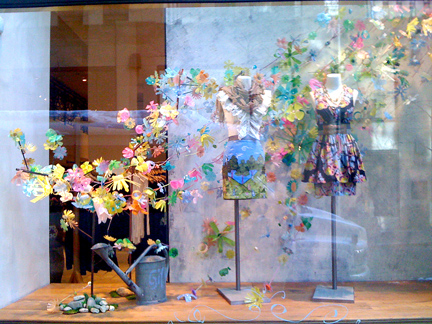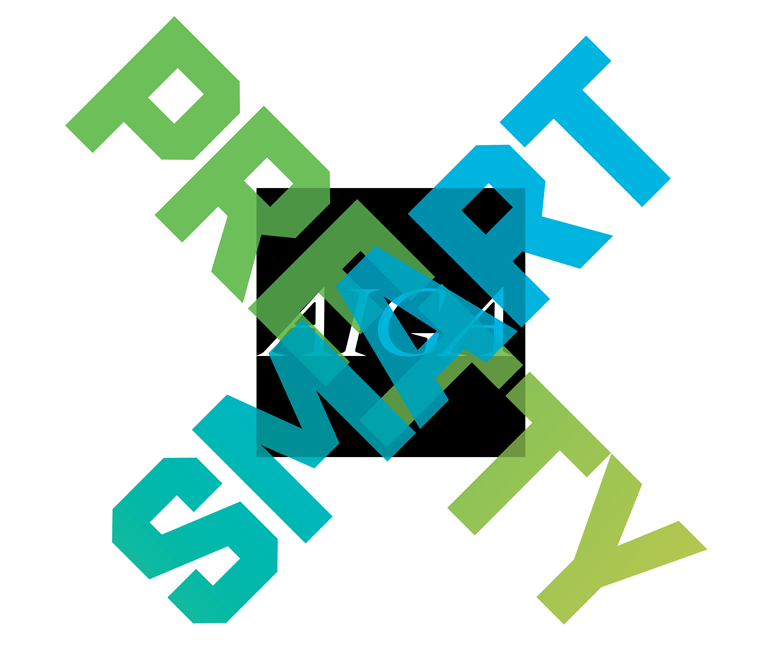
Hot Trend: 3D Printing Jumps Out at Consumers

With all the 3D hype James Cameron has been getting with Avatar, you might think that the only 3D experience is to be had on screen. Too bad, as the effect is gone the minute the film is over, back to our dull existence. Well, it turns out that the world of 3D is alive and well, and there’s a new revolution going on that appears as though it will could change the very products we purchase, the houses we live in, the foods we eat, and even the way we heal our bodies. What is this new revolution?
3D printing.
By “printing” I’m not referring to the silly holograms and puffy stickers popularized in the 80s. 3D printing in the new sense of the word leverages computer aided design (CAD) with machines to produce things. Whereas printers in the traditional sense apply ink to paper, 3D printers work with whatever material you want them to (generally speaking).
Once the domain of research labs, 3D printing prices have come down, and the future of all products may lie in their ability to be made by consumers you “print” the products at home by purchasing the digital blueprints. Want a bag made from your grandmother’s old dress? It may soon be easy enough to download the digital blueprints, place the raw material (i.e. granny’s dress) into your printer, and the machine does the rest. If it sounds all too “Jetsons” then perhaps I am over-simplifying things. Here are a few examples that begin to hint at the vast potential 3d printing has…

Your Run-Of-The-Mill 3D Printer
Typically, 3D printers are used in the field of industrial design, engineering, and architecture to produce models in short-runs. This is not only cost-effective, but incredible time-saving, as well. Not too long ago designers would need weeks to carve prototypes out of foam, clay, wood, and make resin molds only to discover that they needed to adjust the size of something. Back to the drawing board, more models, etc. These days, a 3D printer can churn out prototypes in no time. These have come down in price — and size — with some models small enough to sit on your desk.

Onwards and Upwards
I read in Inhabitat about how designers are using 3D printers to create entire buildings from stone and dust. The printer in this case is more like an inkjet, spraying out material that dries into solid forms, layer by layer! All this is said to have the potential to save costs, and be easier on the environment.

Make The Thing Yourself To Allow You to Make Things Yourself
Leave it to Brooklyn to have devised a way to produce a DIY method for allowing you to make your own printer — allowing you to make whatever you want. Springwise recently wrote about the CupCake 3D, a printer which can be yours for under $1,000. The open-source nature of their design encourages a sharing-based community network of designers.

A Very Vein Attempt to Self-Improvement
Perhaps the most important way that 3D Printing can help build a better tomorrow. Inhabitat reports that the medical industry is now exploring ways to use 3D printing technology to build body parts using ink made from biological building blocks.
The printer is meant to be used in regenerative medicine. Instead of borrowing body parts from someone else — or yourself — the printer will just make a new part for you. The printer is loaded with cartridges of “bio-ink” a substance that acts as a kind of scaffolding for the cells to retain their shape. A sophisticated computer is linked to the printer that is pre-programmed with the 3D blueprint of whatever is being made. The computer instructs the printer to lay down two dimensional layers of bio ink and cells that eventually form into the 3D body part.

Three Square in Three Dimensions
Perhaps the tastiest of these new technologies would be putting it to use to make healthy, customized meals made to order. By loading each “color” nozzle with an ingredient, you can print your meals with nothing left to waste. While still only a concept, the Cornicopia would have the ability to heat or cool each ingredient precisely, creating meals with consistencies which have never existed before. Better eating through technology, indeed.More info here.
Got any 3D printing examples to share? Email me and I’ll use it here!

